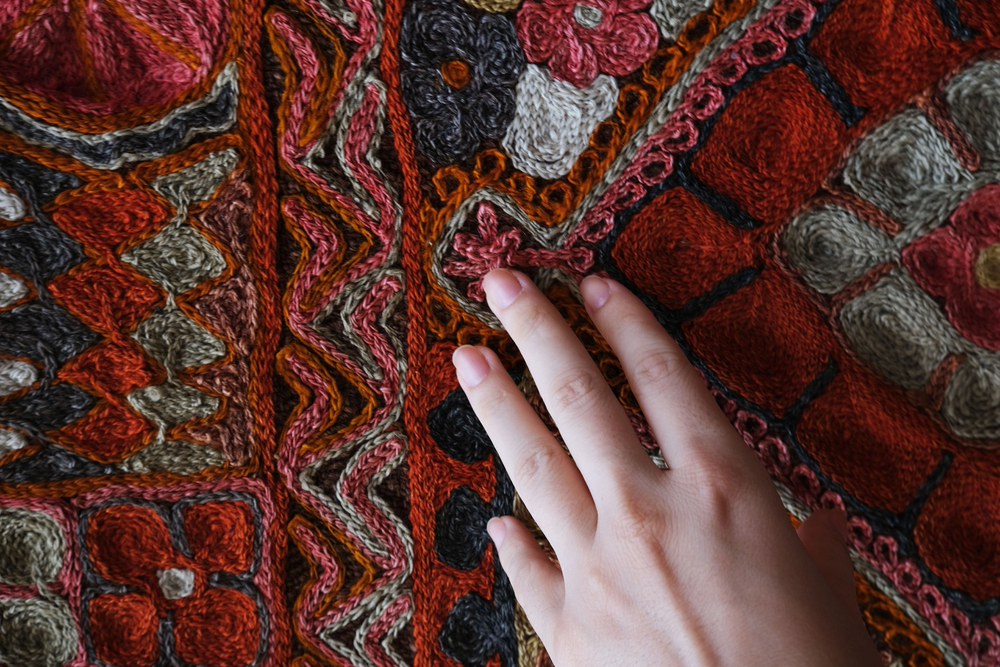Antique rugs are not merely floor coverings; they are woven artifacts that carry within them a piece of history, culture, and artistry. As time-honored treasures, these rugs require a delicate touch when it comes to cleaning and maintenance.
In this article, we will delve into specialized techniques for cleaning and maintaining antique rugs, emphasizing the significance of preserving their historical and artistic value.
The Historical Significance of Antique Rugs
Antique rugs are a window into the past, often representing the craftsmanship, traditions, and stories of the cultures that produced them. Each rug’s intricate patterns and colors reflect the artistic styles of their era, making them invaluable pieces of history.
Proper rug cleaning and maintenance not only restore the rug’s original beauty but also ensure that these timeless pieces continue to tell their stories for generations to come.
1. Gentle Vacuuming
Regular and gentle vacuuming is the first line of defense in antique rug care. Use a vacuum cleaner with adjustable settings and a soft brush attachment. Avoid high suction power, which could damage the delicate fibers. Vacuum in the direction of the rug’s pile to prevent pulling or stressing the fibers.
2. Professional Expertise
When it comes to antique rug cleaning, seeking the expertise of professionals is paramount. Experienced rug cleaners understand the intricacies of different rug types, their dyes, and fibers. They employ techniques that ensure thorough cleaning without causing damage.
Before entrusting your rug to a professional cleaner, ensure they specialize in antique rugs and have a reputation for preserving their historical and artistic value. You will also be able to take their recommendation about onsite or offsite rug cleaning.
3. Gentle Washing Techniques
Antique rugs require a gentle touch, especially during the washing process. Immersing them in water can lead to color bleeding and fiber damage. Instead, professional cleaners often use specialized dry cleaning techniques or low-moisture methods that effectively remove dirt and dust while safeguarding the rug’s integrity.
4. Hand Cleaning
For rugs of exceptional value, hand cleaning may be the preferred method. Expert rug artisans carefully hand wash each section of the rug using mild, pH-balanced solutions. This technique allows for meticulous stain removal without compromising the rug’s delicate fibers or dyes.
5. Controlled Drying
After cleaning, the drying process is crucial to prevent mold and mildew growth. Antique rugs are often dried in a controlled environment to ensure gradual and uniform drying. Exposing them to direct sunlight or extreme heat can lead to color fading and fiber damage.
Preservation Beyond Cleaning
While proper cleaning is essential, there are additional measures you can take to preserve the beauty and longevity of antique rugs:
1. Display Considerations
Avoid placing antique rugs in high-traffic areas or areas with direct sunlight, as this can lead to wear and color fading. Using a rug pad beneath the rug provides cushioning and prevents slipping.
2. Regular Rotation
Rotate the rug periodically to distribute the wear evenly across its surface. This prevents specific areas from experiencing excessive foot traffic, which can lead to uneven fading and wear.
3. Storage Care
If you need to store an antique rug, ensure it is cleaned professionally before storage. Roll the rug with acid-free tissue paper and avoid wrapping it in plastic, as this can trap moisture. You can avoid needing constant cleaning services with safe and protected storage.
Final Thoughts
Antique rugs are timeless works of art that deserve special attention and care. By delving into the world of specialized cleaning techniques and preservation strategies, we honor their historical and artistic value.
As guardians of these treasures, we have the privilege of passing down their beauty to future generations, allowing the threads of history and culture to remain alive underfoot.
